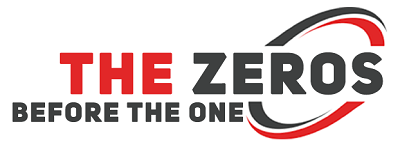As the healthcare industry continues to evolve, Electronic Medical Record (EMR) systems have become essential tools in streamlining patient care. These systems store patient data digitally, making it easily accessible to healthcare providers. EMR integration helps healthcare organizations improve efficiency and provide better care for their patients. In this article, we’ll explore the five basic components of an EMR system that are essential for any healthcare organization to understand and implement.
1. Patient Demographics
One foundational aspect of EMR systems is the ability to store patient demographic information. This includes details such as names, addresses, dates of birth, and phone numbers, which can be easily updated when needed. Accurate patient demographics are crucial for coordinating care when patients need to see multiple healthcare professionals, as well as for billing and insurance claims.
2. Clinical Documentation
An EMR system must also include structured clinical documentation sections designed for healthcare providers to input relevant medical information. This can range from patient medical histories to current diagnoses and treatments. Good EMR systems will provide templates or allow customization to capture the necessary data for each medical discipline. It also facilitates information sharing between healthcare providers, ensuring efficient EMR integration and delivery of quality patient care.
3. Medication and Treatment Management
EMR systems are also equipped with powerful medication and treatment management tools. These allow healthcare providers to prescribe medications, track side effects, record treatments, and more. The ability to easily manage medications and treatments electronically is essential for efficient patient care, and this is one of the major benefits of EMR systems.
4. Billing and Claims Management
An essential element of an EMR system is its ability to manage billing and insurance claims and other related activities. The system should be able to integrate with existing billing and claims systems, as well as easily manage patient account information. This helps healthcare providers get paid more quickly and accurately for the services they provide.
5. Reporting and Analytics
Finally, an advanced EMR system will offer built-in reporting and analytics tools that aid healthcare organizations in making data-driven decisions. By analyzing trends such as patient outcomes or financial performance, organizations can identify and address inefficiencies, ultimately improving patient care. Moreover, access to this data can also assist in meeting legal and regulatory reporting requirements.
To Sum Up
Implementing a robust EMR system with these five basic components can significantly enhance a healthcare organization’s efficiency, accuracy, and patient care quality. Proper EMR integration not only streamlines internal processes but also improves communication among healthcare providers. To understand how to successfully intergrade an EMR system into your organization, check out this blog. With the right EMR system, healthcare organizations can improve patient outcomes and financial performance. Thank you for reading!













